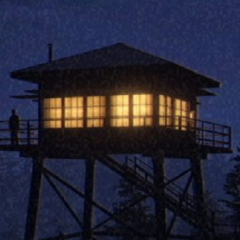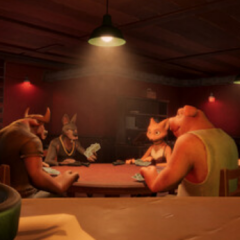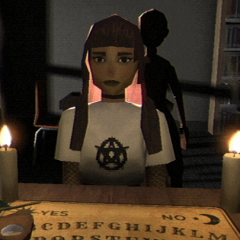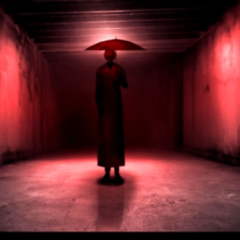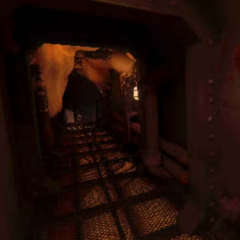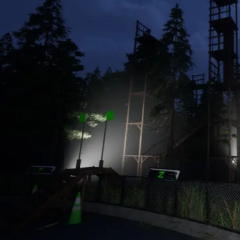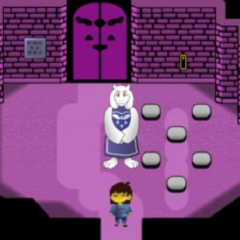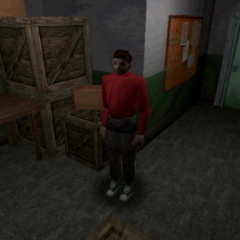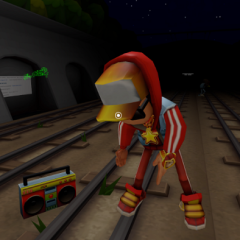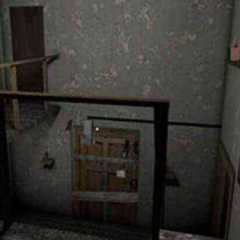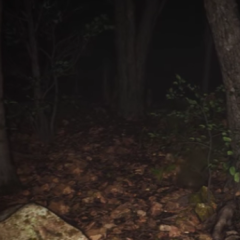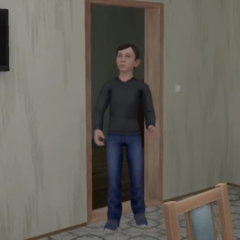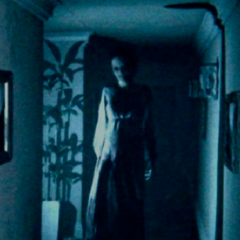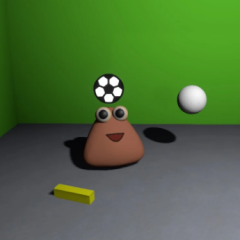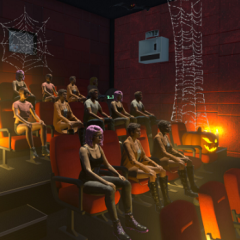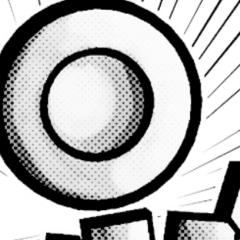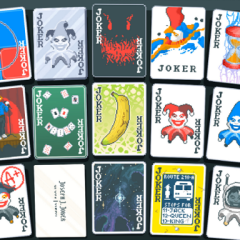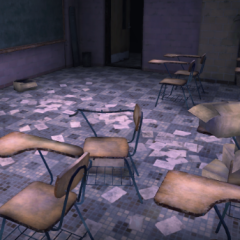Castle of Temptation
Castle Of Temptation unfolds within a dark and shifting fortress where the structure itself becomes the primary obstacle. The player is drawn into the castle without a clear goal and must navigate its many rooms, each hiding threats disguised as opportunities. With no enemies in sight at the beginning, tension builds from the uncertainty of the environment. What looks like a safe hallway might loop endlessly, and a tempting chest may trigger irreversible changes. The castle reacts to curiosity with consequence, making caution as valuable as movement.
Reactive Design and Decision Pressure
The game is designed to study the player’s behavior. Taking an item too quickly, staying too long in a room, or returning to a previously visited area can all trigger shifts in layout or function. Players are not told when these changes happen, but they become noticeable through subtle environmental differences. Sounds echo differently, doors open with hesitation, and familiar rooms adopt unfamiliar lighting. Every choice creates a new version of the castle that cannot be undone.
Mechanics That Shape the Journey
Castle Of Temptation challenges the player through several interlocking systems:
- Doors that remain open only when facing away
- Puzzle platforms that must be solved in silence
- Rooms that collapse after a single visit
- Objects that track player movement without being visible
- Switches with effects that appear hours later in a different wing
These elements force the player to think beyond the immediate result of an action and consider long-term consequences.
A Place That Watches
Unlike traditional levels, the castle is not just a backdrop but a silent observer. It seems to remember the player’s choices, subtly shifting to present new challenges that echo past behavior. A hallway explored too confidently may later contain the one element that punishes speed. There are no enemies in the traditional sense—only the sense that something unseen adjusts the world with each step. This presence becomes more noticeable over time, yet is never directly revealed.
Persistence Through Understanding
Castle Of Temptation does not offer shortcuts, upgrades, or persistent abilities. It rewards memory and attentiveness above all else. The more time players spend in the castle, the more they begin to understand how its logic bends and reforms. The structure itself becomes a puzzle, and each success builds the player’s intuition for what is real, what is misdirection, and what is a trap. The experience becomes less about reaching the end and more about learning how to survive a place built to deceive.





